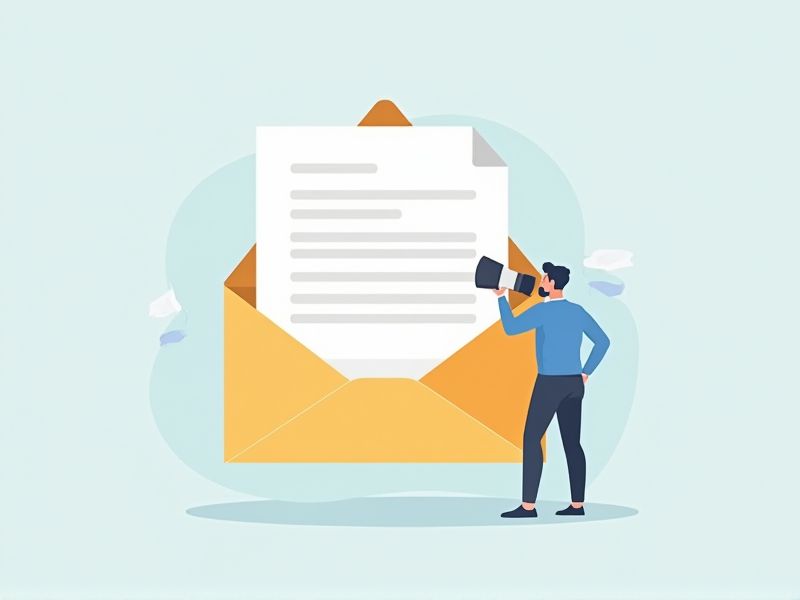
Writing a professional email requires a clear and concise format to ensure your message is understood and well-received. Typically, an effective email includes a subject line, a polite greeting, a body that quickly gets to the point, a courteous closing, and a signature with your contact information. Using a proper email format helps convey your message professionally and builds a positive impression with the recipient. Whether you are writing for business, formal, or casual purposes, following a consistent structure makes your communication more effective. To help you craft the perfect message, be sure to explore the various email template formats provided in this article.
Samples of letter format for email
Professional Letter Format For Email Communication
Business Letter Format For Email Correspondence
Formal Letter Format For Email Submission
Friendly Letter Format For Email Conversation
Cover Letter Format For Email Applications
Resignation Letter Format For Email Notifications
Complaint Letter Format For Email Messages
Thank You Letter Format For Email Outreach
Inquiry Letter Format For Email Requests
Proposal Letter Format For Email Proposals
Acceptance Letter Format For Email Confirmations
Apology Letter Format For Email Communication
Reference Letter Format For Email Endorsements
Follow-Up Letter Format For Email Messages
Introduction Letter Format For Email Networking
Networking Letter Format For Email Introductions
Job Application Letter Format For Email Submissions
Response Letter Format For Email Replies
Notification Letter Format For Email Alerts
Update Letter Format For Email Communications
Important Things to Know when Writing Letter Format For Email
Subject Line Clarity
The subject line of an email serves as the first impression and should be clear and concise to convey the main purpose of your message. A well-crafted subject line helps recipients prioritize their inbox and enhances the likelihood that your email will be opened promptly. Aim for a specific description, keeping it under 50 characters if possible, to ensure it displays correctly on various devices. By focusing on clarity, you can improve communication and engagement with your audience.
Proper Greeting And Salutation
A proper greeting and salutation set the tone for your email, reflecting professionalism and respect for the recipient. Begin with a courteous salutation, such as "Dear [Recipient's Name]," to create a friendly yet formal atmosphere. Ensure you use the correct title and name spelling, as this demonstrates attention to detail and care. Closing with a polite sign-off like "Sincerely" or "Best regards" reinforces your professionalism and encourages a positive response.
Concise And Relevant Body Content
The body of your email should be concise and focused, ensuring that every sentence adds value to your message. Avoid unnecessary filler content and stick to the key points you want to convey. This clarity not only respects the recipient's time but also enhances the chances of a prompt response. Structuring your content logically can further improve comprehension, making it easier for the reader to grasp the purpose of your email.
Professional Tone And Language
Maintaining a professional tone and language in email communication is crucial for conveying respect and clarity. Your choice of words should reflect professionalism, avoiding slang or overly casual expressions. Proper grammar, punctuation, and syntax enhance the credibility of your message, leaving a positive impression on the recipient. Structuring your email with a clear subject line, a greeting, and a polite closing further reinforces your commitment to professionalism.
Clear Closing And Signature
A clear closing in your email establishes professionalism and signals the end of your message. Common closing phrases include "Best regards," "Sincerely," or "Thank you," which help convey your tone and intent. Including a well-structured signature beneath your closing not only provides your name but also essential information such as your job title, company, and contact details. This clarity enables your recipient to understand who you are and how to reach you easily, fostering effective communication.
